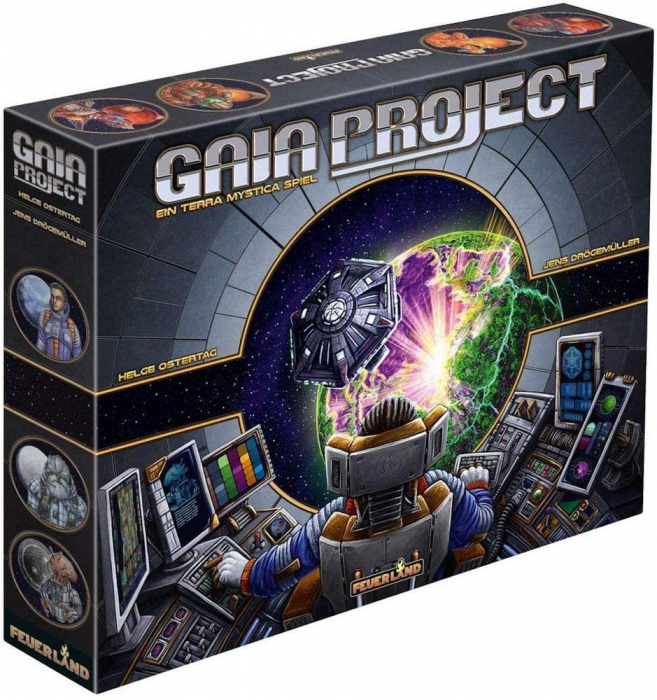
However, they very in sometimes seemingly small ways, but those differences can have game-changing effects.įor example, when you build something you unlock resource production for your next turn. All board have similarities: they track your resources, store buildings for future turns, and they store power. The game comes with 14 unique factions, divided over 7 player boards, each tied to a specific color. These are great for helping you achieve the goals you want to achieve. Each turn, you get to pick a bonus tile that either gives you points, building bonuses, or more resources. You might not want to spend everything on your turn, because your production otherwise might not allow you to do what you want to do next turn. That means you will want to keep an eye on your credits, knowledge and ore. Most actions you take cost resources, so when they run out, you’re close to passing for the round. I will try to gloss over the mechanics without too much detail, but just enough to give you an idea of what is going on. While this game can seem imposing, especially at first, how it all comes together actually becomes clear fairly quickly. In the meantime, you are harvesting resources, developing new technologies, and using the unique powers of your race to come out ahead at the end of this space race.īoardgamegeek rates Gaia Project as a 4.3 out of 5 in terms of difficulty. You do this by gaiaforming new planets in order to colonize them expanding your reach, your trade routes and alliances while doing so. In Gaia Project you play as one of fourteen (!) unique races that are trying to secure a little corner of the universe for themselves to live happily ever after. Play type: resource management, empire building, variable player powers Publisher: Feuerland Spiele, Automa Factory Henceforth, our efforts shall be named: the Gaia Project.ĭesigner: Jens Drögemüller, Helge Ostertag Automa mode by Morten Monrad Pedersen, Lines J. If we, as a species, want to be more than that, we have to venture out, expand and explore. Good lord, how ignorant we used to be! We are but a small speck in an infinitely large cosmos, and a species that barely makes a dent in said cosmos. Construct your own galaxy and compete with your friends or even strike out on your own with the rules for solo play.There is only earth, and we are the only sentient species in the universe. Gaia Project features modular space sector tiles that allow for many board configurations, giving variety to your games.

With a limited number of planets available and competing factions vying for control, it’s up to you to determine which planets to target and which to leave to your opponents. But some planets will be harder for you to terraform than others. In order to expand across the galaxy, you must commit resources to terraforming planets to meet your faction’s specific needs. Each faction in Gaia Project has different environmental needs to survive on a planet. The galaxy is vast and the planets you find there come in many varieties, from harsh desert to the mild terra. Every option offers tantalizing possibilities, but always remember: In the end, only the most advanced faction will dominate the galaxy. There are many possible actions you can take and you must determine the best way to combine those actions to build your empire. As your empire grows and your economy becomes more diverse, you’ll unlock powerful abilities that help you gain an advantage over your competition. Spread your influence by claiming new planets, building structures to produce resources, developing new technologies, and uniting your planets in federations. Each player takes command of one of fourteen unique factions competing to colonize the galaxy. In Gaia Project, one to four players are invited to forge their own galactic empires. Now you finally have the technology to take your first steps into the cosmos.

Explore the galaxy and lead your faction to victory in this thrilling follow-up to Terra Mystica!įor centuries, your civilization has yearned to take to the stars and explore unknown worlds.


 0 kommentar(er)
0 kommentar(er)
